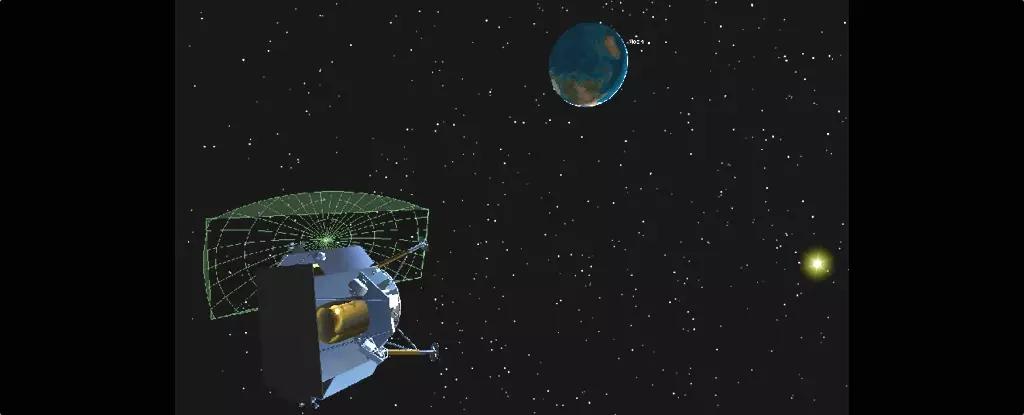A private US lunar lander, the Peregrine lander, is facing a grim fate as it journeys back to Earth. The lander, which has been leaking fuel since its launch on January 8th, will likely burn up upon re-entry into the Earth’s atmosphere. Astrobotic, the Pittsburgh-based company behind the mission, has been providing regular updates on the lander’s condition, but it seems that the damage is irreparable. This article delves into the setbacks faced by Astrobotic and the implications of this failed mission.
Shortly after separating from the brand new Vulcan rocket built by United Launch Alliance, the Peregrine lander experienced an explosion onboard. The explosion caused a significant loss of propellant, making it impossible for the lander to execute a soft lunar touchdown. Despite this setback, Astrobotic’s team managed to activate science experiments intended for NASA and other space agencies, giving valuable insights from the journey.
Astrobotic shared its latest assessment, which indicates that the spacecraft is now on a trajectory back towards Earth. The company expects the lander to burn up in the Earth’s atmosphere, marking the end of its ill-fated journey. As of now, the Peregrine lander is approximately 242,000 miles away from Earth, emphasizing the enormity of its distance from our planet.
Space enthusiasts and experts have been closely monitoring the Peregrine lander’s trajectory, holding onto the slim hope of a “hard landing” on the Moon. However, it has become evident that even this reduced goal cannot be achieved due to the ongoing fuel leak. This failure to reach the Moon adds Astrobotic’s name to the list of private entities that have struggled to achieve a soft landing, joining an Israeli nonprofit and a Japanese company.
Astrobotic received over $100 million from NASA for carrying its cargo as part of the Commercial Lunar Payload Services program. NASA’s aim in partnering with private entities is to establish a commercial lunar economy and reduce its own costs. Although this particular mission did not succeed, NASA officials remain optimistic, stating that their strategy of “more shots on goal” will increase the likelihood of success in future attempts. The next mission, led by Houston-based Intuitive Machines, is set to launch in February. Astrobotic itself will have another opportunity in November when its Griffin lander transports NASA’s VIPER rover to the lunar south pole.
The leaking Peregrine lander’s journey to the Moon has been plagued with challenges since its launch. And now, as it makes its way back to Earth, a fiery end awaits in the Earth’s atmosphere. This setback for Astrobotic is a reminder of the complexities and risks involved in space exploration. However, the company remains determined and is poised to make further attempts to achieve a successful lunar landing. As NASA’s search for a sustainable lunar economy continues, the efforts of private entities like Astrobotic will play a vital role in advancing space exploration and colonization.


Leave a Reply